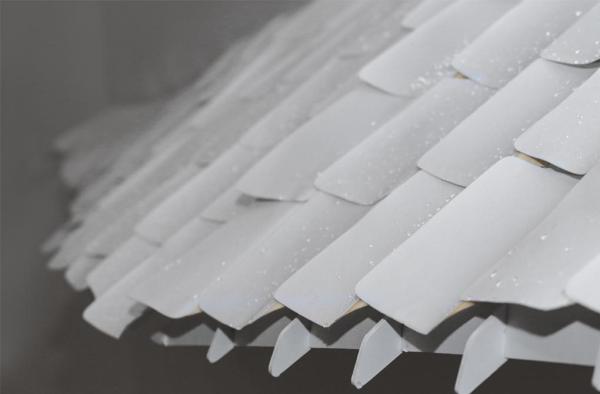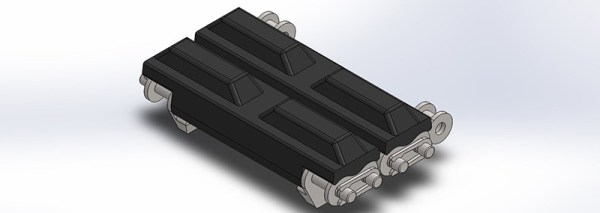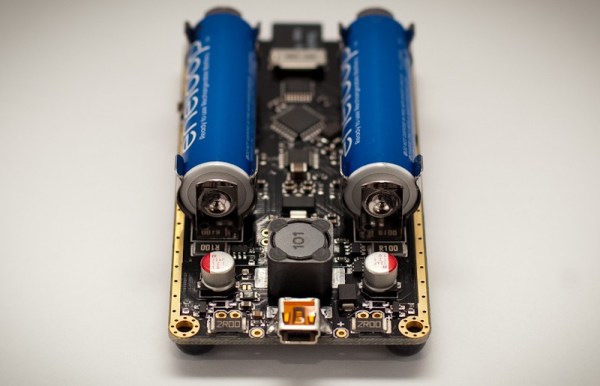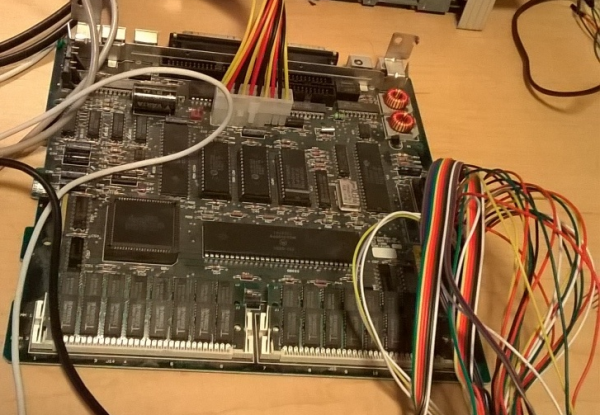We’re busy giving away tens of thousands of dollars in prizes for Hackaday Prize entries, and that’s before the contest even ends. Last week, we put a call out for projects with wings, wheels, and propellers, and now we’re doling out some fun Crazyflie 2.0 quadcopters to the winners. Here’s the lucky winners, in no particular order:
WINNERS OF 15 CRAZYFLYE QUADCOPTERS
- Eye Controlled Wheelchair!
- Electric Ninja
- Airscrew Driven RC Boat
- Project ICARUS 3.0: Solar Anti-Poaching UAV
- MZ-1 Mega Zoom Security Camera
- Autonomous Bottle Recycling Robot
- R.E.M. A 3D Printed Solenoid Engine Project
- Project R
- Luka EV
- The Doctor’s Companion, K-9
- Tote, Affordable Spider Robot
- Hacking Powerful EV Drivetrains
- A Low Cost Multispectral Imaging Paylod For A UAV
- Solar B.E.A.M Bristle Bot
- BradWii On The Hubsan Q4
Congrats to all the winners.
This week’s contest is for the best human interface, the winners of which will receive laser cutting time through Ponoko. If you need a control panel for all those switches and buttons, this is the contest to get in on. The deadline to enter the Human Interface contest is Thursday, 7/16/15, so:
- Officially enter your project in the 2015 Hackaday Prize
- Go to this discussion and leave a comment requesting that your project to be added to the list
Good luck, and remember to vote in this week’s round of community voting.









 As [Chao] points out, the material is only a prototype, but it looks like a winner down the road. The possibilities for an adaptive material like this are endless. [Chao] imagines a picnic pavilion with a roof that snaps shut when it rains, and has built a working model. What about window shutters that let air and light in but close up automatically in that sudden summer storm? Self-deploying armor for your next epic Super Soaker battle? Maybe there are more serious applications that would help solve some of the
As [Chao] points out, the material is only a prototype, but it looks like a winner down the road. The possibilities for an adaptive material like this are endless. [Chao] imagines a picnic pavilion with a roof that snaps shut when it rains, and has built a working model. What about window shutters that let air and light in but close up automatically in that sudden summer storm? Self-deploying armor for your next epic Super Soaker battle? Maybe there are more serious applications that would help solve some of the 













